“If, when we work, we can look once a day upon the face of mystery, then our labor satisfies. We are lightened when our gifts rise from pools we cannot fathom. Then we know they are not a solitary egotism and they are inexhaustible.”
Lewis Hyde, The Gift
Note: a previous iteration of this piece included speculation regarding cause of death. The truth is, we do not know. It was not my intent to amplify rumours. I am sorry for any hurt I may have caused.
I found out yesterday that Stavros Kyriakides was dead. His was the body that was found in the rockpools at Breaker Bay in late December. In his 60s, white, of average height and build, clean-shaven, and with short grey-white hair. That’s how they described him in the newspaper, when they were still trying to work out who he was. He was found on Saturday morning, and by Saturday night he was identified. I thought— how could they not have recognised him immediately? Anyone living on the South Coast would have known him. Man’s body found in Wellington rock pools. The photo accompanying the article is all moody horizontals, black rocks, slate-coloured sea, white foam, grey-green hills, bruised clouds. It’s a view across the harbour mouth, where the ferries exit and enter, where the Wahine came to grief, the old searoute the Island Bay fishermen took to sell their catch in the days before there was a proper land-road linking the South Coast to the city.
When I heard that Stavros had died there, my immediate first thought was— but that’s so far from home. We’re South-Westerners: Ōwhiro Bay, Island Bay, Houghton Bay, Princess Bay.1 Our patches overlapped, or rather, my patch was inside his patch. My beach-combing pace can be glacially slow, but his walking pace was faster, driven. When I think of Stavros, I see him walking, as I so often saw him from the bus window; I see the energy of his body in motion. He was of middling height and wiry build, and he would be striding along, covering the miles. The sun might be glinting off his glasses. If it was rainy he might have a raincoat or an umbrella. He dressed practically, in button shirts, jeans and sneakers. (In the film trailer, he is wearing a denim jacket faded to a very light blue and shredded at the seams, and his jeans are torn at one knee, but they look chosen, not careless. It’s like when a painter leaves their paint-spattered shoes or shirt on: a badge of the artist’s office.) He was olive-skinned and tanned, with shortish silver hair and glasses, and he was always clean-shaven. He looked kind of like a physics Professor. As well as his grooming, it was his enthusiasm that made him seem that way. He was bursting with knowledge that he needed to share. He was always ready to talk to anyone.
If we were both on foot we might stop and talk, but more often we just greeted each other with a wave in passing, like there you are again, each on our separate missions. If I did stop to talk, we could talk for a long time. His conversation was infinite. I can’t remember when we first spoke to each other, but I can remember first learning his name, repeating it to myself so that I would remember. Remembering people’s names is important to me, so I said it over and over in my mind: Stavros, Stavros, Stavros. Stavros means the cross of Christ; but the root verb, ἵστημι / hĭ́stēmĭ, means to stand, to cause to stand, to establish, place or put. The meaning is to do with firmness, something to rely on, the old rugged cross, but it can also mean to weigh, to balance. All of this is perfect nominative determinism. Stavros was always placing and balancing: rocks upright on their smallest egg-point, out among the rockpools so they showed as silhouettes against the horizon, logs balanced on boulders so they swung and moved in the wind. Stone and wood against wind and water. Environmental art, it’s sometimes called— taking what’s to hand and rearranging it.2
When they first started appearing, his rearrangements were a local mystery. Who was the compulsive tinkerer? I remember that when I first started seeing his balanced rocks, I was angry. I felt that meddling with stones was hubristic and unnatural. Once or twice, walking home drunk, I kicked his rocks over. But it was inevitable that our paths would cross, and after I had met Stavros a few times, I started to feel differently about his work. As I got to know him, I came to believe that he was pure in his intent. I think he wanted to amuse people, to surprise them— to invite them to play too. (Sometime later I wrote to the newspaper, explaining that the ‘mystery stick-balancer of the South Coast’ was Stavros, who is very friendly and always happy to chat. They printed what I wrote, and I know I have the newspaper clipping tucked into the back of one of my journals, but I can’t find the article online.)
Stavros grew in notoriety as the years passed. By virtue of his consistency and visibility— as well as his willingness to yarn with people— he became a public figure, locally famous. As well as those who loved what he did, there were always detractors and critics. He was dogged by controversy, vandalism, and confrontation. Of all art-forms, sculpture in public draws ire, of both the my five year old could do better and the well, I don’t know much about art, but I know what I don’t like varieties. I guess the main argument against the kind of tinkering he did is that it’s the imposition of an individual will on a common landscape: it leaves visible evidence of human intervention in a shared public space. (As a friend put it, Oh, that guy— leaving his sticks all over my South Coast! Everyone has their own relationship with place. He had the right to make them, and other people had the right to kick them over.) When I search his name, though, I can see posts in the local community pages dating back years, with strings of commenters saying how much they love Stavros, how much they appreciate his work.
My friend Bruce wrote upon hearing of his death: “I got to know him when I had my art studio in Ōwhiro Bay in Wellington and our paths would often cross while I was bone hunting and he was doing his temporary Andy Goldsworthy style artworks using rocks and sticks. Normally this work isn’t my cup of tea but Stavros was a lovely guy and I appear in this documentary3 defending his art against detractors.”
His work was a response to what he found. It was a continuous improvisation. The difference between the work of Stavros and the anonymous rearrangements of objects one often finds on the beach— small houses made of driftwood, for example4— was only this: he did it so much that you saw him doing it. If he wasn’t walking he was working or talking. Working: hoisting something heavy up, lifting his hands away from something, stepping back to consider its effect, crouching or lying down to photograph what he had made. Talking: explaining at length to passersby about geology, or astronomy, or local history, or natural history, or how to find the balance point. I saw him doing these things over and over. We were both at ground level, on foot, and we were both artists concerned with place, so we knew a lot of the same things. Stavros was prone to what I call Wizsplaining— an autodidactic monologue of facts that probably most people didn’t know, but I did, so I’d be like yeah, I know. I know.5 He knew his shit though, and I respected his encyclopædic knowledge; I just wasn’t his target audience. Stavros was a self-appointed Coastal ambassador, a wild educator. That was what he was doing when he was chatting with anyone who came his way about dolphins, seaweed, tidal patterns, the Moon, etc. etc. He had zeal for that mission.
There are other serious walkers on the Coast. There’s a tall woman, who walks sometimes alone, and sometimes with a man who I guess is her husband. And there is the one we call Walking Man, a white-bearded guy who always walks wearing the same clothes: a cloth hat and a brightly coloured jacket.6 These constant walkers I’m talking about are distinguished in my mind from the more ordinary kinds of walkers, the ones who are pushing prams or walking the dog or strolling with a friend or just out for an evening constitutional. The walkers I’m talking about look driven to walk: Stavros was one of those. He wasn’t a person to sit still. He had that lean look, like a farmer or a mountaineer. He always burned with energy, too much, overplus, and I saw how that could be something one would need to manage. Strenuous physical activity can be a way of tiring oneself out. I had a sense that he was keeping demons at bay with his ceaseless activity. He needed to channel that innate force into the construction of meaning, pattern, beauty.
Maybe he needed to escape his house, too. I don’t know whether he lived alone, or with others. I know that he was a fellow Luddite— he disliked technology. He didn’t go on the Internet. I had it in my mind that he didn’t own a phone, until I remembered that he often photographed his works. On a phone, or a camera? My memory isn’t clear. I just know that he was old-fashioned that way. The outside world was everything to him. Not general abstract Nature, but our world in particular, the South Coast. The word that comes to mind is devotion. It’s a question of time. Walking the same landscape again and again, one begins to know it. There is no way to that understanding but through those many hours, days, weeks, years, decades of walking and looking and feeling. Going on foot, ancient, simple, humble, slow; a cyclical pilgrimage. Observing, theorising, remembering, building up knowledge of patterns. Knowing a place bodily, sensing it underfoot, bending and touching, hefting and lifting it. There is a discipline of presence in saying— what is right here matters most; this is what I will spend my days on.
Our place is the place where the sea meets the land, where the immense tidal power and storm surge of Raukawa Moana, Cook Strait, meets the dramatic fractal geology of the edgemost corner of Wellington. We live inside the Marine Reserve that stretches from Stonecrusher / First Bay to Princess Bay. It’s a power-spot, charged with magic. Standing on the shore looking Southwest, most days you will see the saw-toothed silhouette of the Kaikōuras dominated by the tallest peak, the snow-covered mountain Tapuae-o-Uenuku, the Footprint of the Rainbow: a 100-million-year old volcano from Gondwanaland, fortified internally by igneous columns, like steel beams through concrete. To the Southeast is vastness, empty horizon all the way to Antarctica. Cook Strait is the crossing-point between two islands and between two oceans, the whale-road from the Antarctic to the Pacific. The shoreline is a fertile, weird, changeable place, never the same from one day to the next. It’s an exciting landscape, vibrating with life, contiguous to the otherworld of the sea. But it's also a wild, sometimes terrifying environment. It’s easy to love the South Coast when it’s warm and calm. When a day like that coincides with a weekend or a holiday, the Coast overflows with café-goers, swimmers, and suchlike fairweather appreciators. But in Winter, when the Southerly is howling, only the hardcore still walk the shoreline. The ocean in full fury is another kettle of fish. I would call the coastal landscape at such times sublime in the Romantic sense: beautiful because terrifying. Stavros was someone who was entirely devoted to the isness of place, for better, for worse. We shared the same habitat. He was a kind of twin.
As I said, when I see him in my mind I see him walking, and because he walked in all weathers and seasons, I see the landscape we love spread out behind him in all its glory. Summer sunset, or a hot clear day when the sea is like gin, or endless gales and rain, or the aftermath of a storm when the roads are covered with debris— all of these moods of the sea and land as backdrops. I don’t know whether he walked at night. I often did, in the old days before the bus came all the way round, and the sky would be blazing with stars, the Milky Way laid across the middle, meteors falling, ferries traversing the horizon all lit up like deep sea fish, planes coming in to land. I hope he walked at night.
When it comes to the natural world, the rare and amazing experiences come about as a result of long hours of (at best) subtlety and nothingness; (at worst) endurance of discomfort or even suffering. It’s a matter of odds. There are so many things that are uncontrollable, unpredictable. Grace-notes, I mean— a shooting star, a trick of the light, a quick sighting of a wild animal. To see these things one must be willing to submit to slowness, to spend time. I have already written briefly about the time Stavros and I saw the humpback whale together. I had seen a humpback a week earlier from the café— the first I’d ever seen!— so I was on high alert when I saw on the Whale and Dolphin Watch page that another humpback had been sighted in Cook Strait. At the café I had viewed the whale for tantalisingly short moments through a pair of borrowed binoculars, but now I grabbed my spotting scope and my scooter and raced to the boat ramp. There it was, the whale, halfway to the horizon— blowing, breaching, lob-tailing, fin-slapping. Megapterae novaeangliae, the Great Wings of New England— five-metre fins, each the length of a car, and that long jaw, covered with barnacley excrescences. It would disappear from view, then BOOM! erupt up into the air, seeming to hang there for a moment before heeling over into a huge splash.7 The sun was on its ribbed throat and the underside of its fins, dazzling white. It was an unbelievable sight— literally unbelievable, a TV-thing made real. Then I saw Stavros coming. I knew he would want to talk and I didn’t really want to talk— I wanted to commune with the whale— but I also sensed the luck of the timing. Call it Fate. I had looked my fill, I had my scope to share, and I knew Stavros was the absolute best person to see such a sight with, because… Because the whale was such a rare thing, a once-in-a-lifetime thing. Because sights like that are best shared. Because he knew so much, because he was an appreciator. Because he was my brother in Wizardry. He was down in a way that is extremely rare in modern humans: his consciousness was attuned, he immersed himself fully. Passing the scope back and forth, we watched the huge beast at play, throwing up fans of white water with the thunderous splash of its body, moving slowly further away towards the horizon, then we went our separate ways.
The thing about public friends— people you see around the neighbourhood— is that your relationship is dependent on chance. You meet when Fate delivers you to each other. If that happens often enough, it comes to seem reliable. It isn’t, though. I don’t even know the names of some of my neighbourhood-friends, people with whom I’ve had dozens of long and detailed conversations over a number of years. Usually it doesn’t matter that we don’t know each other’s names. But if one of these friends were to disappear, how would you find them? How long would it take to notice they were gone? For various reasons, I’ve been absent from the shoreline for months now. My foreshore-habits have been disrupted by travel and moving, so I hadn’t crossed paths with Stavros for ages.
I look again at the newspaper articles. Found 100m from the boat ramp— but there’s no boat ramp in Breaker Bay. The closest one to Breaker Bay is Moa Point, and 100m either side of that puts the location in the small deep cove at the Eastern end of Tarakena Bay. That’s the Easternmost corner of the South Coast, the furthest you can go from our end. There’s a view to the Southeast, to Baring Head with its lighthouse, and a little rocky reef that goes out into the sea. There aren’t any houses there, but the boat ramp would mean that people come and go frequently. It was the dark of the moon. Did he walk there, in the evening, or before dawn?
Why do I need to know the exact place, to imagine what he saw last, to hope that it was beautiful? It hurts my heart to think of all his movement stilled. I can’t believe that someone so lively, so present, is gone forever.
commented on my Note that “People leave holes in the world.” That’s it, that’s exactly it. An energy, a way of moving through things, is missing. I read that there won’t be a funeral. People on the local page say they have been walking around the Coast, looking to see if anything he had placed was still there. Stavros rearranged things with his body, making inert objects move, knowing that the sea and the wind8 would undo his labour. That temporariness, that temporality, was central to what he was doing. It was a series of precise interventions, done, undone, and redone, a dance with gravity and time.Rock pools exist inside the narrow band of the intertidal zone, that most liminal of all environments. The tiny jewelled aquarium-worlds are refreshed twice a day, when the liquid fluxity of the tide pours itself again and again into the ancient cupped hands of the stone. Each pool is a vessel formed by deep time, the singular crucible of a society of tiny beings who calmly go about their business, watchable through the clear meniscus of their world’s ceiling. Bustling hermit crabs, camouflage crabs carrying their gardens on their backs, blossoming anemones, armoured chitons, pūpū slowly grazing, glassy shrimps waving their feelers, dappled triplefins who flit at a shadow. Pink and green, gold and blue. Dawn comes and gilds the stones, pours its light into the translucent water. The seabirds are flying, calling as they go.
Though I don’t doubt that he walked as far as it’s possible to walk; I have heard since publishing this post that Stavros was often seen walking at the Breaker Bay end of the Coast too.
He had lived in Island Bay since 1974, but he started the tinkering in 2013, in the aftermath of a huge storm. I remember that storm— how I could hardly open my car door against the force of the wind, how I was sandblasted crossing the road from my car to my front door; how my flatmates and I were trapped inside by the 200km/hour winds, unable to leave the house; how the rain came sideways into the roof and pooled inside the kitchen ceiling, deforming it into an upside-down bubble, how as it hung lower we drilled holes in the plastic-coated ceiling panel and the water pissed through; how the next day Ross and I went outside into the after-gale to see how the sea had smashed cars and roads and strewn huge logs about. It was seeing those logs, rearranged by the sea, that gave Stavros his initial impulse.
Rock-Paper-Scissors: here is the trailer, including a snippet of Bruce.
I wrote about driftwood houses and the universal human urge to play with and rearrange the landscape here:
Beach-Combing Journal: House-Building & Unphotographability
Robert Macfarlane: “We are part mineral beings too— our teeth are reefs, our bones are stones— and there is a geology of the body as well as of the land. It is mineralization— the ability to convert calcium into bone— that allows us to walk upright, to be vertebrate, to fashion the skulls that shield our brains.”
I think it was Wizard Ari who proposed that the collective noun for a group of Wizards should be a disagreement. (J.R.R. Tolkien: Do not meddle in the affairs of Wizards, for they are subtle and quick to anger.) Wizards tend to be know-it-alls by nature, each in our own eccentric way.
Maybe we’re not for each other— we’re for everyone else.
His jacket used to be red, but now it’s orange. Walking Man never speaks and rarely makes eye contact, and he can be seen all over the city: the Coast is just the outer edge of his territory.
Herman Melville on the humpback: “He is the most gamesome and light-hearted of all the whales, making more gay foam and white water generally than any other of them.”
and other people


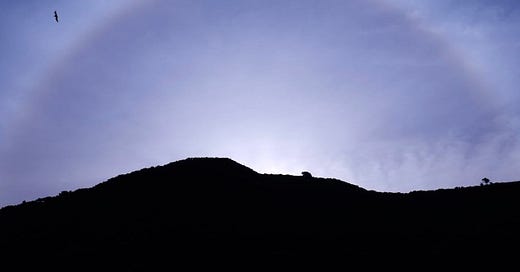


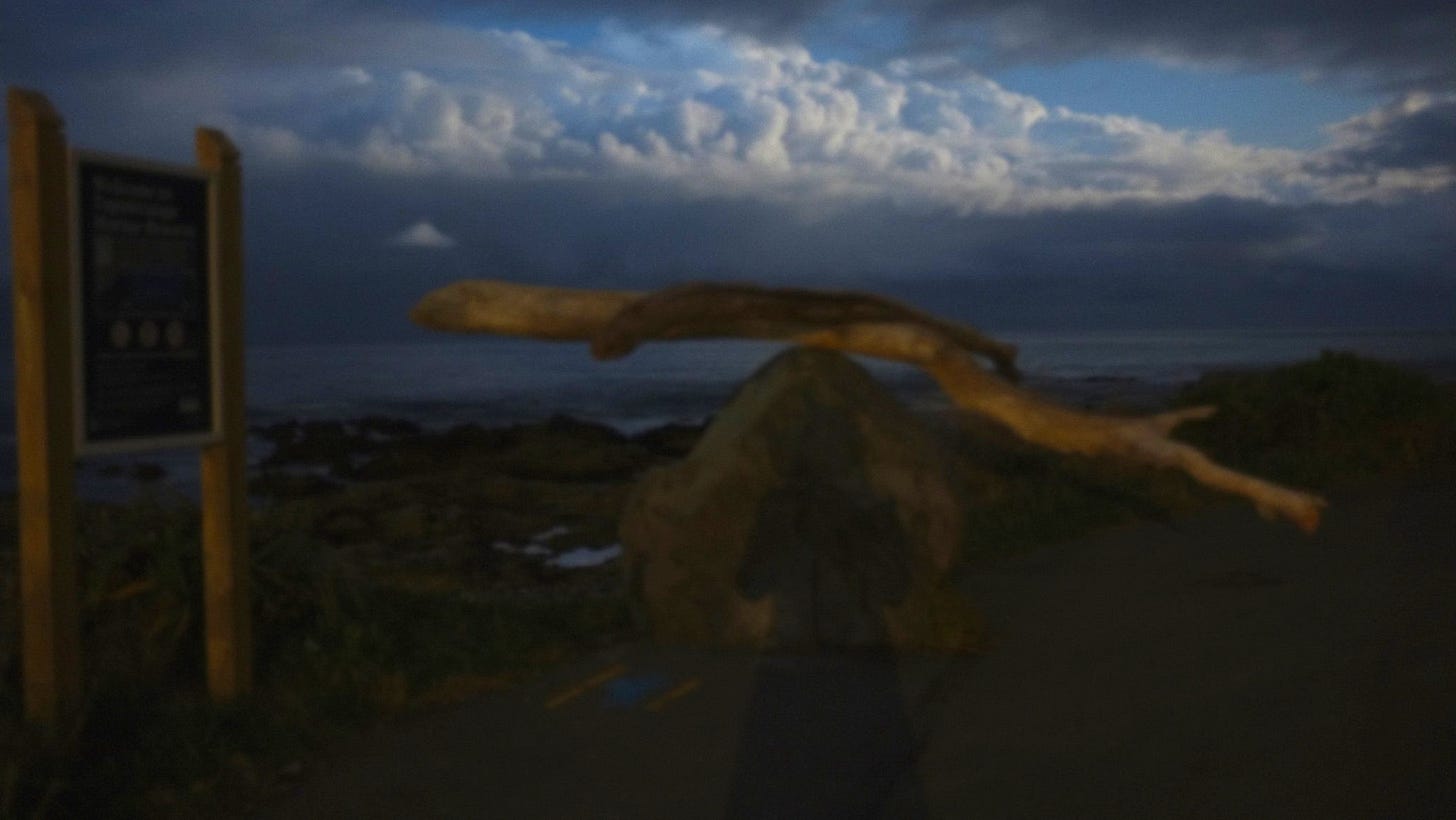
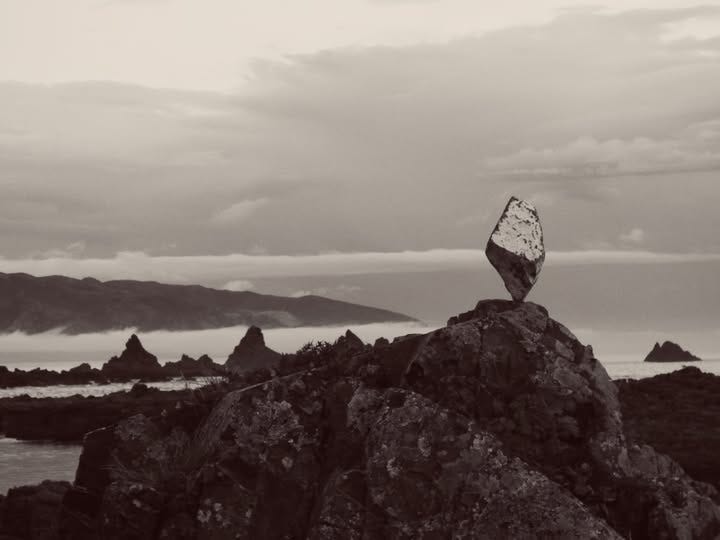
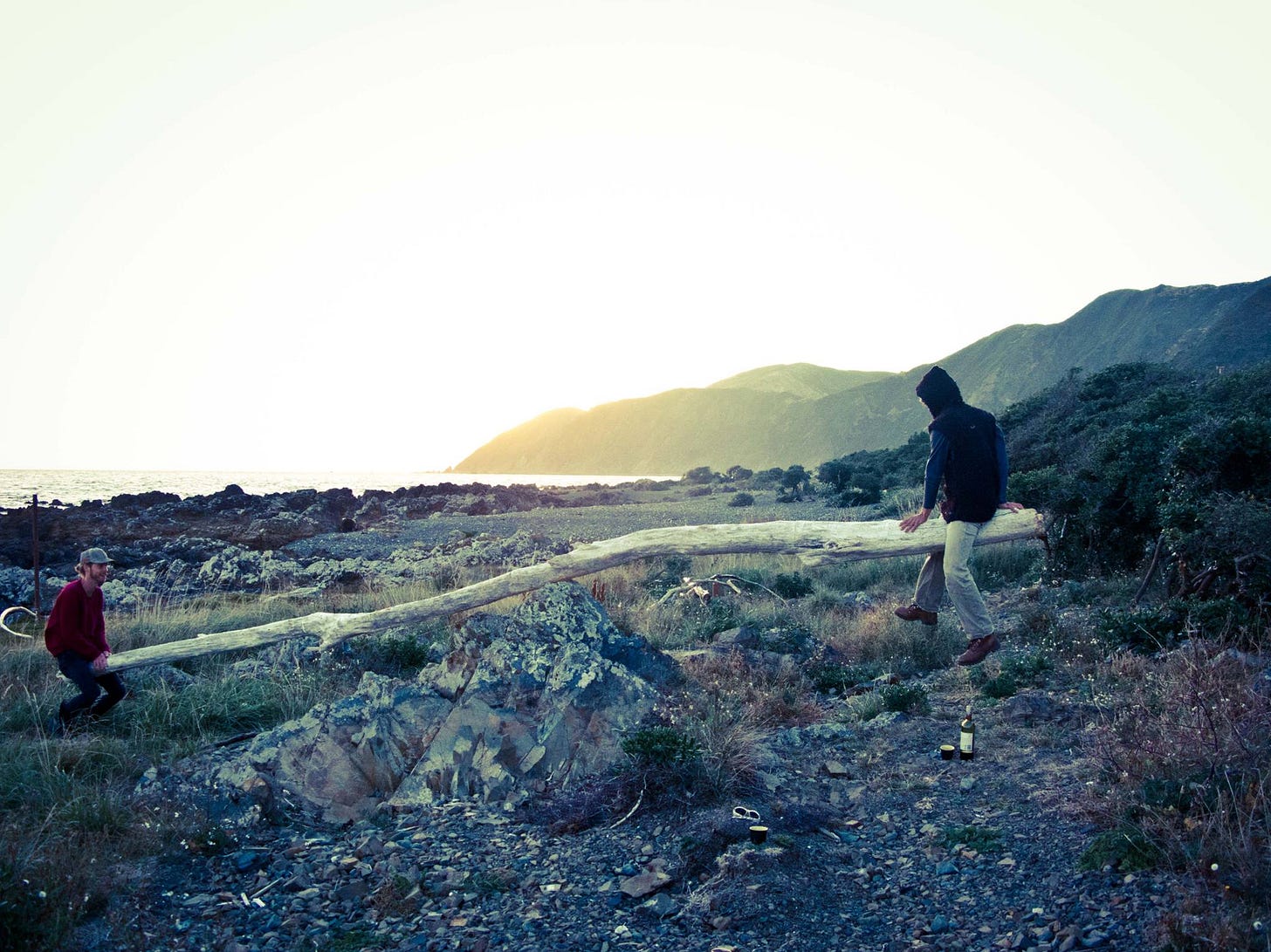
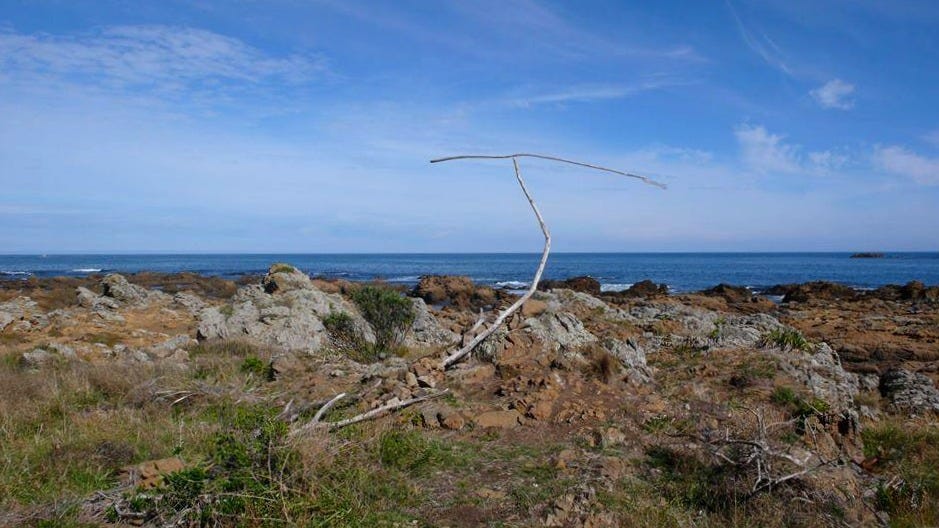

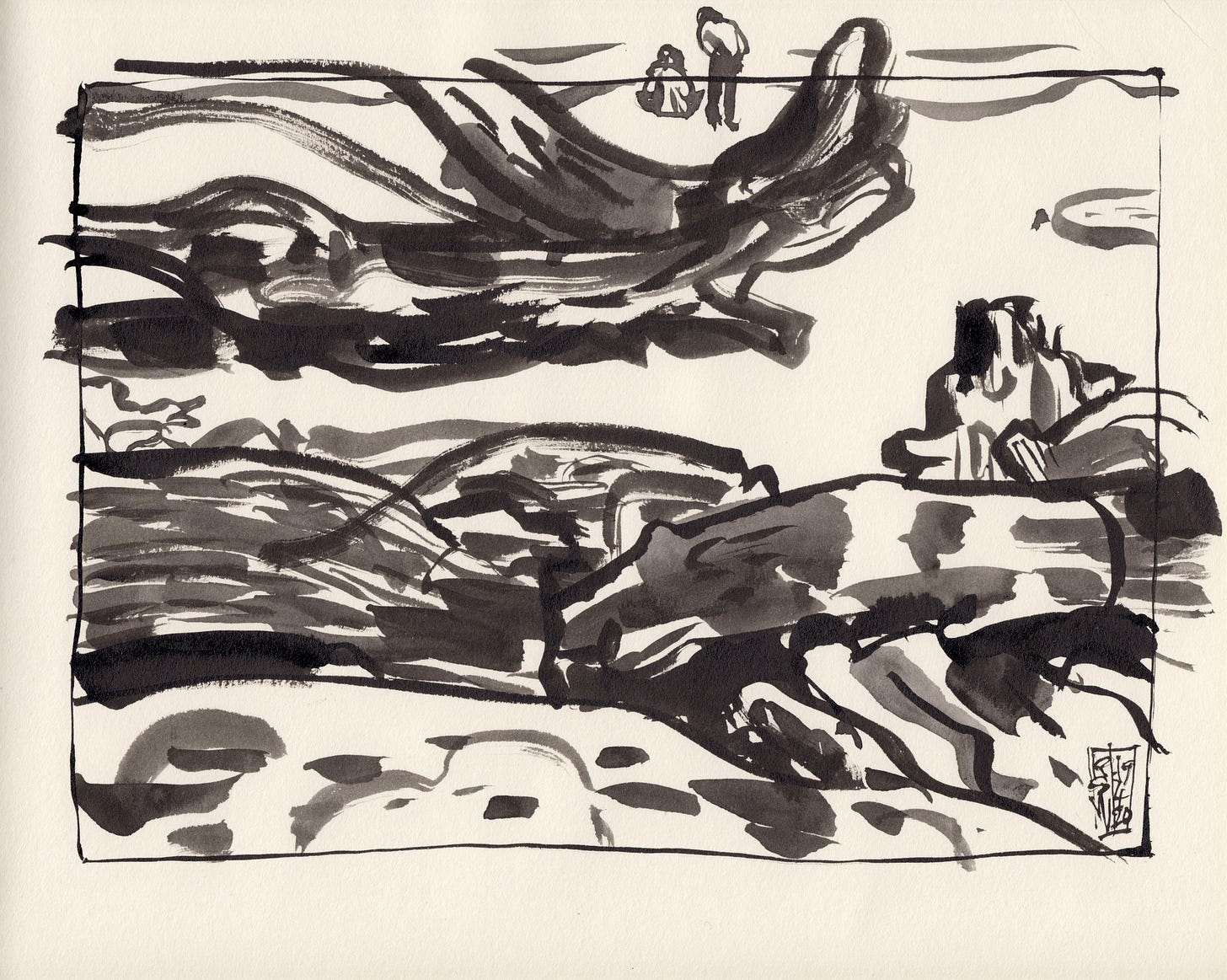
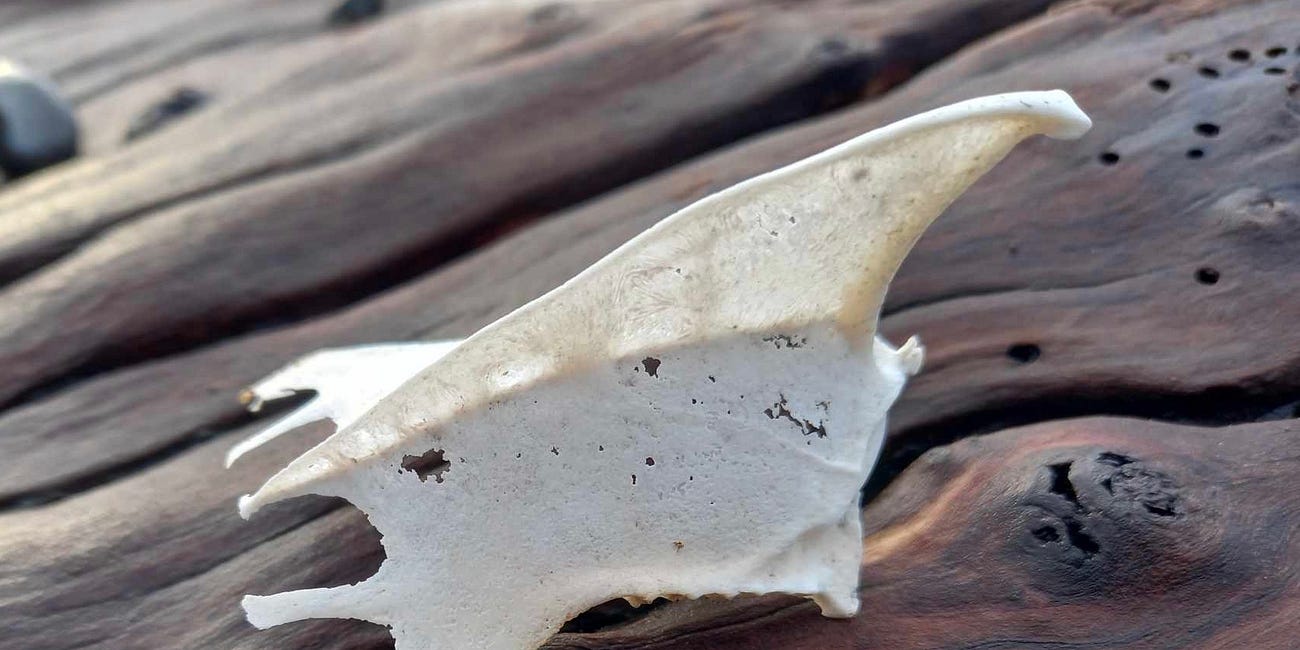
Beautiful marriage of art and intellect
This is the best. You are so good! When is the book coming out!